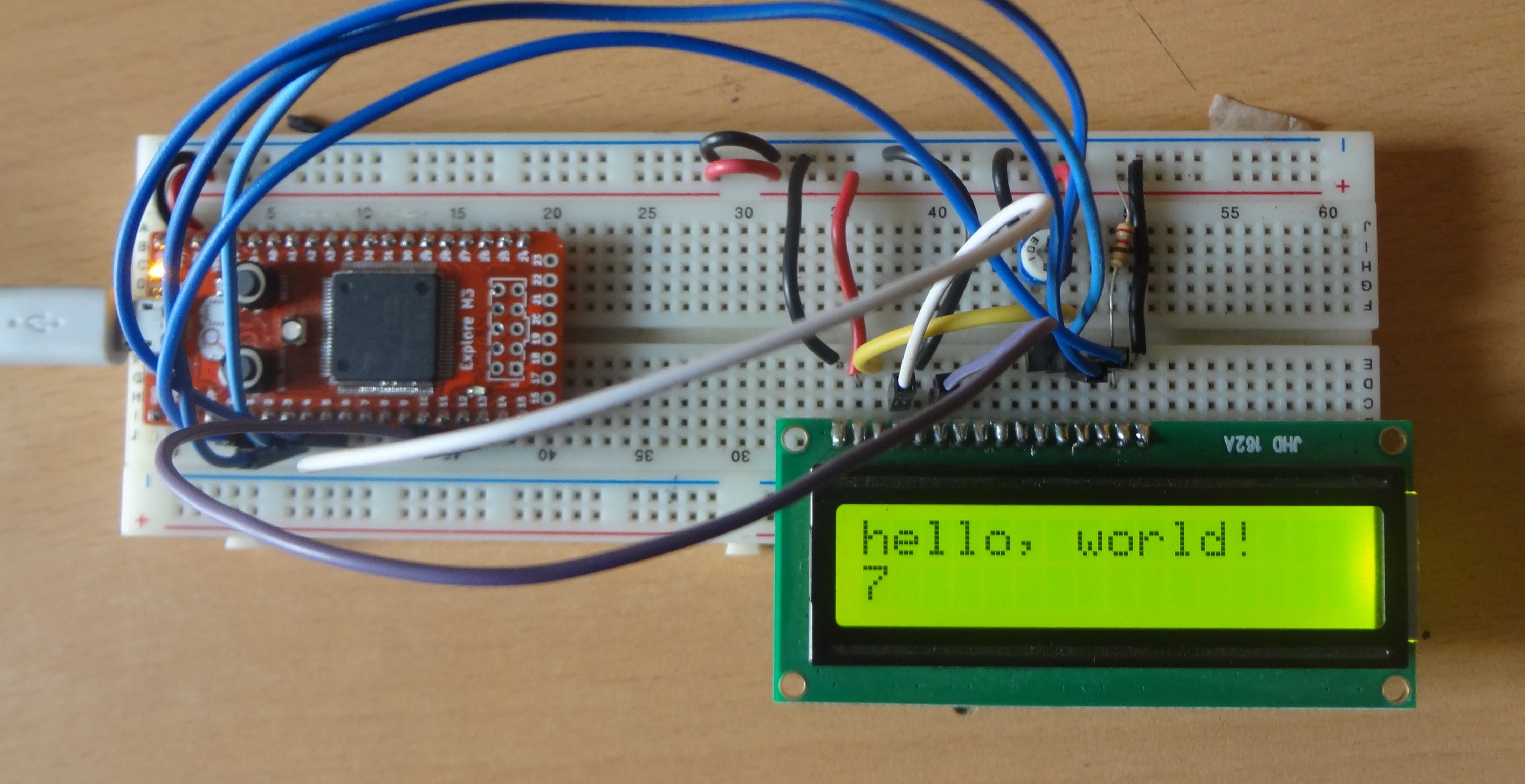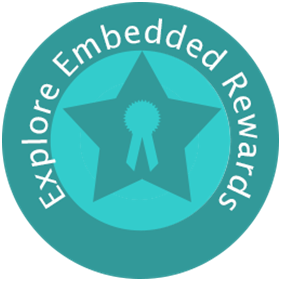New Products:
Our Journey towards building products
The Closure of Store
The development boards are no longer available for sale. However all the designs are open-source and are available under the product pages if you need them.Tutorial and Resources
The tutorial and other resources will remain active.Our Work at BuildStorm
Here is a quick snap of the work we are doing across medical, consumer and other industries. We are currently helping build IoT products, if you're looking to build one. Reach us out.
More from the blog :

Persistent Hard-work for small success!
We look ourselves as a small and sustainable business rather an a fancy startup. In this post I'll c...

Explore M3, this board is more about learning than anything else.
When we started out with Explore Embedded it was all about learning. Learning how things work to the...

Starling is modular internet connected WiFi LED display. We have made substantial progress with Star...

Outreach College #4 Sir M. Visvesvaraya Institute of Technology
This is the fourth college for the EE out reach program. Sir MVIT has a huge campus, and we delivere...

